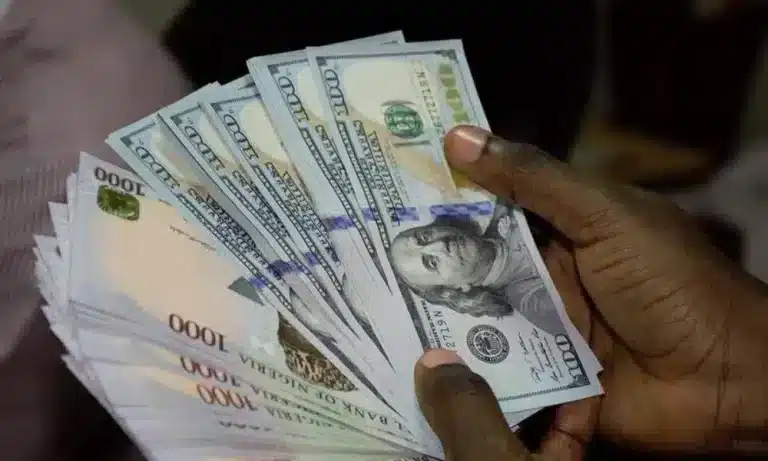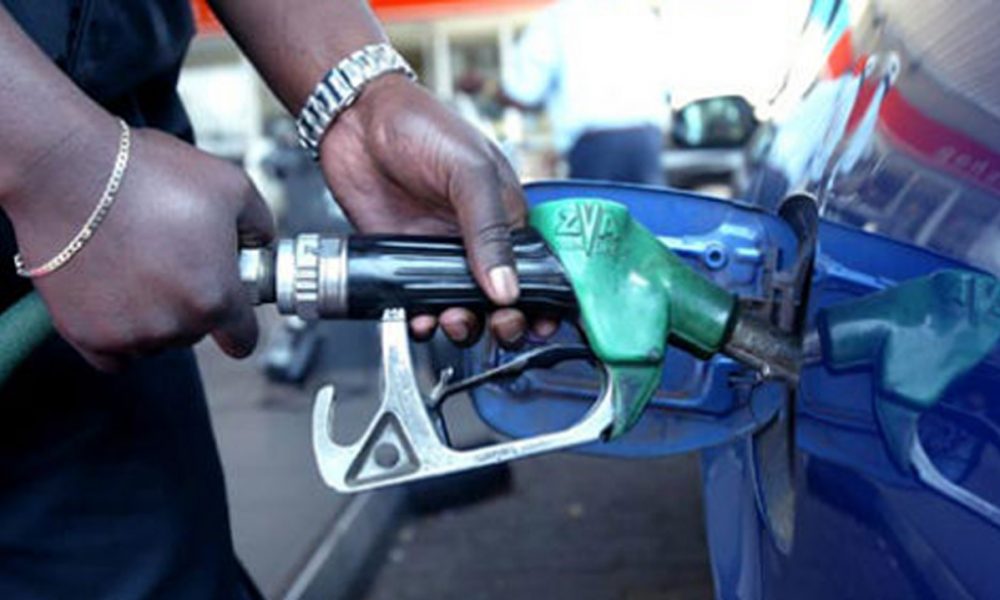BMI Issues a Stark Warning: The Naira May Weaken, Jeopardizing Nigeria’s Pharmaceutical and Medical Device Sectors
A recent report by BMI, a Fitch Solutions subsidiary, forecasts a grim scenario for Nigeria’s pharmaceutical and medical device industries, courtesy of a potentially devastating weakness in the naira exchange rate. By 2028, the currency is predicted to plummet to a staggering ₦1,993 against the U.S. dollar, spelling serious trouble for the sector.
Given the nation’s significant dependence on medical device imports (a staggering 95%), this alarming forecast means continued currency depreciation will skyrocket costs and drain consumer purchasing power. For a market reliant on imported goods, these factors could have devastating long-term consequences.
However, BMI identifies a glimmer of hope amidst the gloom – the naira’s weakened state may boost competitiveness for locally produced medical devices. While this could fuel sector growth, local manufacturers will need to overcome stubborn obstacles like skilled labor shortages, outdated technology, and subpar infrastructure, despite government incentives.
The Bola Tinubu administration has taken steps to alleviate some of these challenges. An executive order, issued in June 2024, aims to slash medical service costs by eradicating tariffs, excise duties, and VAT on certain machinery, equipment, and raw materials – a move designed to slash production costs for local manufacturers.
The report also predicts a rise in Nigeria’s medical devices market, projected to reach ₦171.1 billion (approximately £344.7 million) by 2028. Driven by a growing population, universal healthcare efforts, and rising chronic disease incidence, this growth would create new opportunities for both importers and local producers. Despite the challenges ahead, Nigeria’s economy is poised to recover by 2025, with a 3.0% growth rate predicted for 2024 – a moderate step forward from 2.9% in 2023.
For now, as the naira exchange rate hovers around ₦1,681.42 per dollar, industry participants are anxiously waiting for a decisive shift. Currently, FX turnover is languishing, down a remarkable 66.41% from $1.4 billion on Friday to $471.5 million on Monday – a worrisome indication of reduced market activity.



